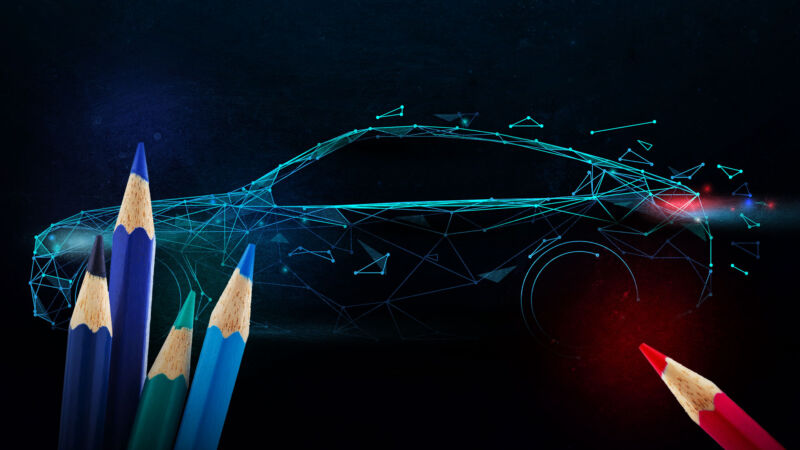
Enlarge (credit: Aurich Lawson | Getty Images)
The most intriguing developments in contemporary car design are happening in secure studios tucked away from the competition. In these guarded locations, designers are charged with anticipating what will look and function well in three, four, and five years. It's not a clear-cut assignment. Car designers must operate in a hypothetical future where the rate of adoption and accessibility to public charging networks is still to be determined.
By 2026, almost 150 electric and hybrid vehicles are planned to hit the US market. While no designers are spilling the beans on their future plans, most are concentrating solely on designing the electric vehicles that will dominate their future portfolios. Some of their ideas will turn up in concept cars that serve as tools to tease innovations. Many of their best ideas won't see the light of day because of budgets, production limitations, and regulations. But electric vehicles are shaking up the way the industry thinks about design in every category.
Car design once meant hand-drawing plans and making clay models, a state of affairs that evolved into complex AutoCAD software for 3D renderings. In the past, plans had to be set in motion years before development. While these techniques are still used, new programs have accelerated the pace of car design and have made clay and sketching more efficient.
No comments:
Post a Comment